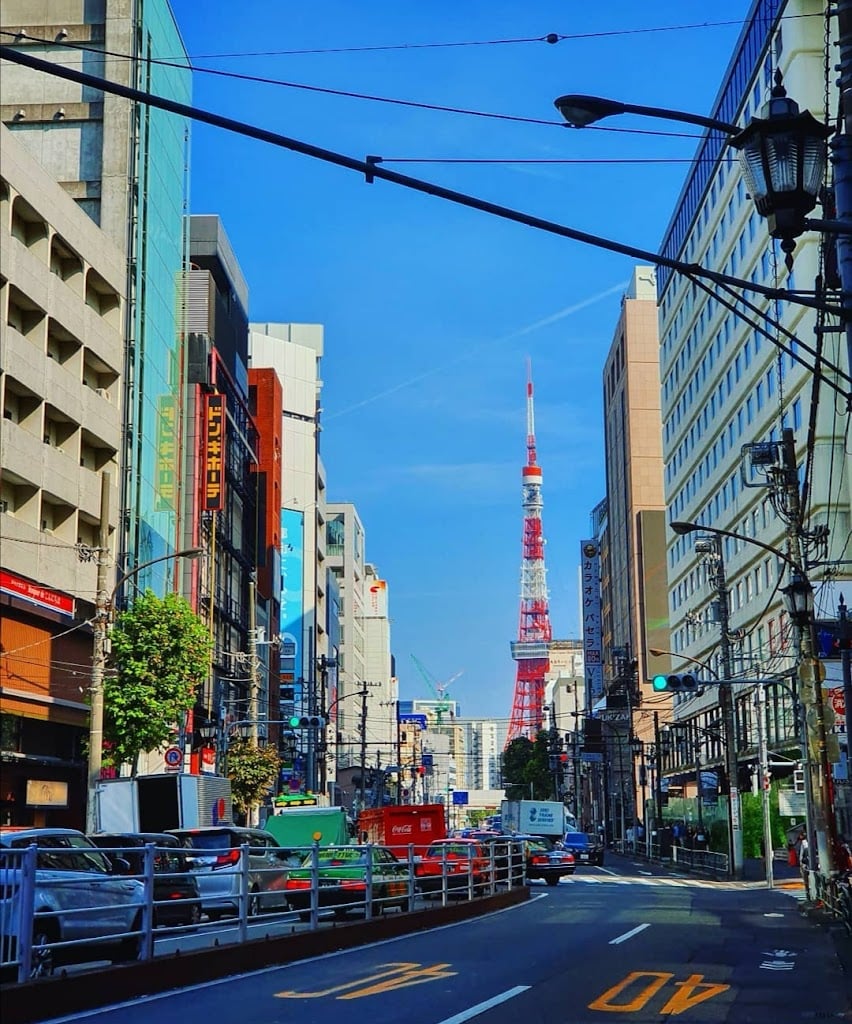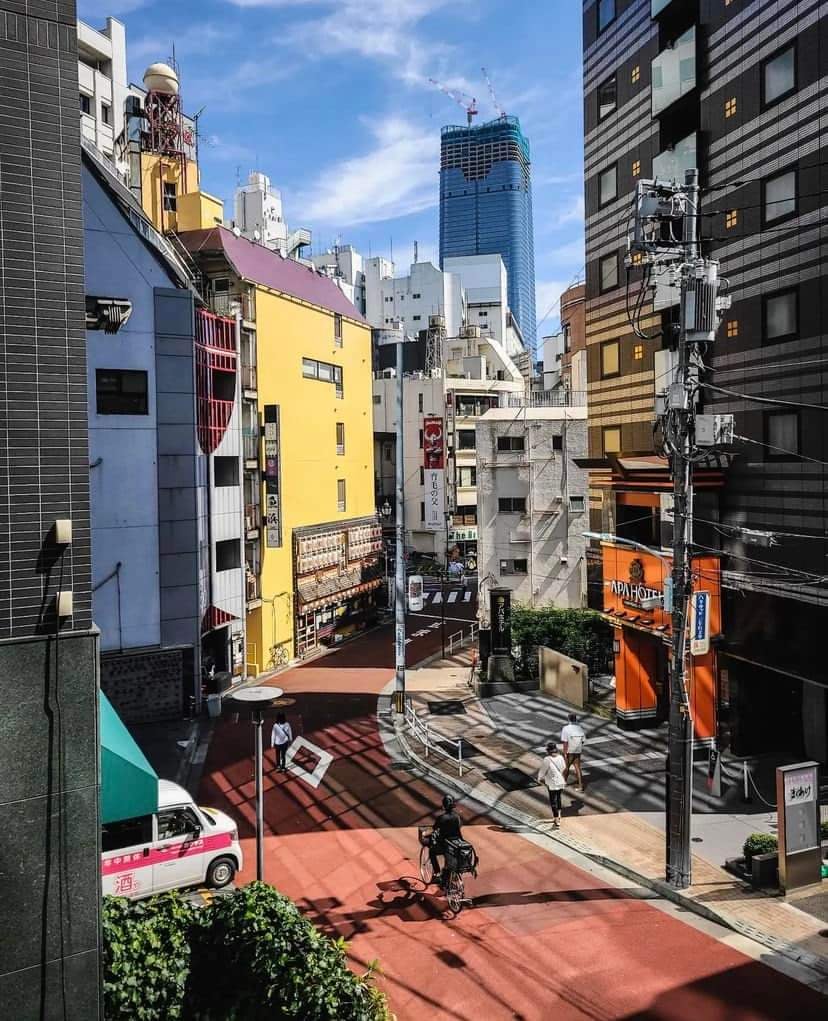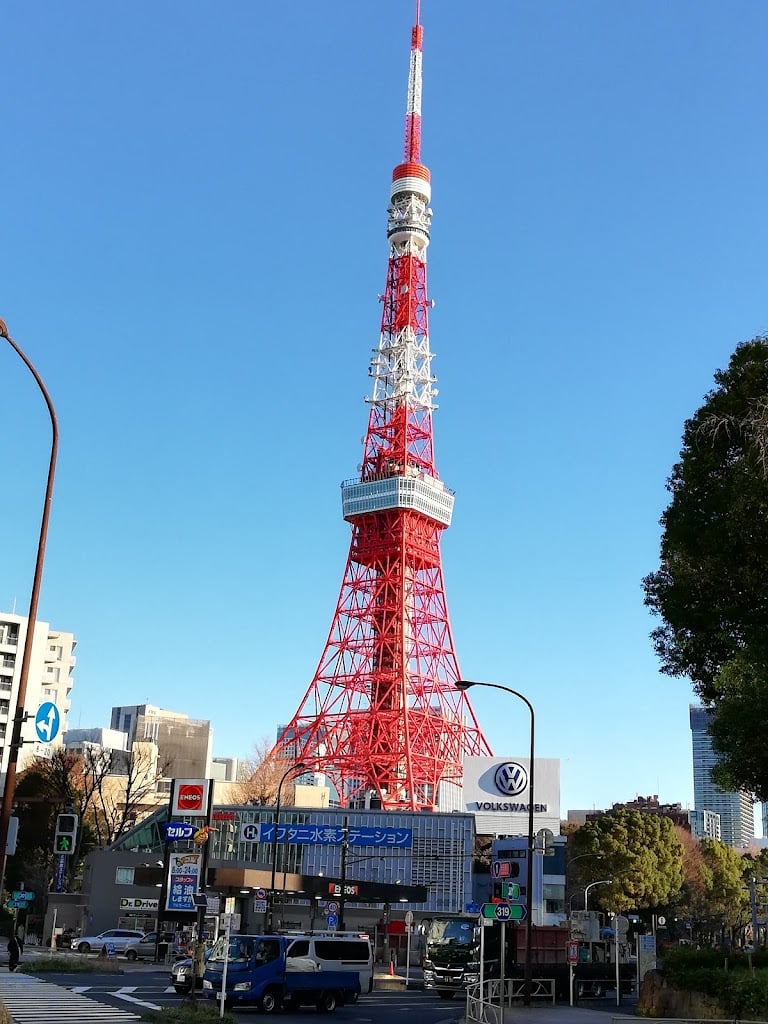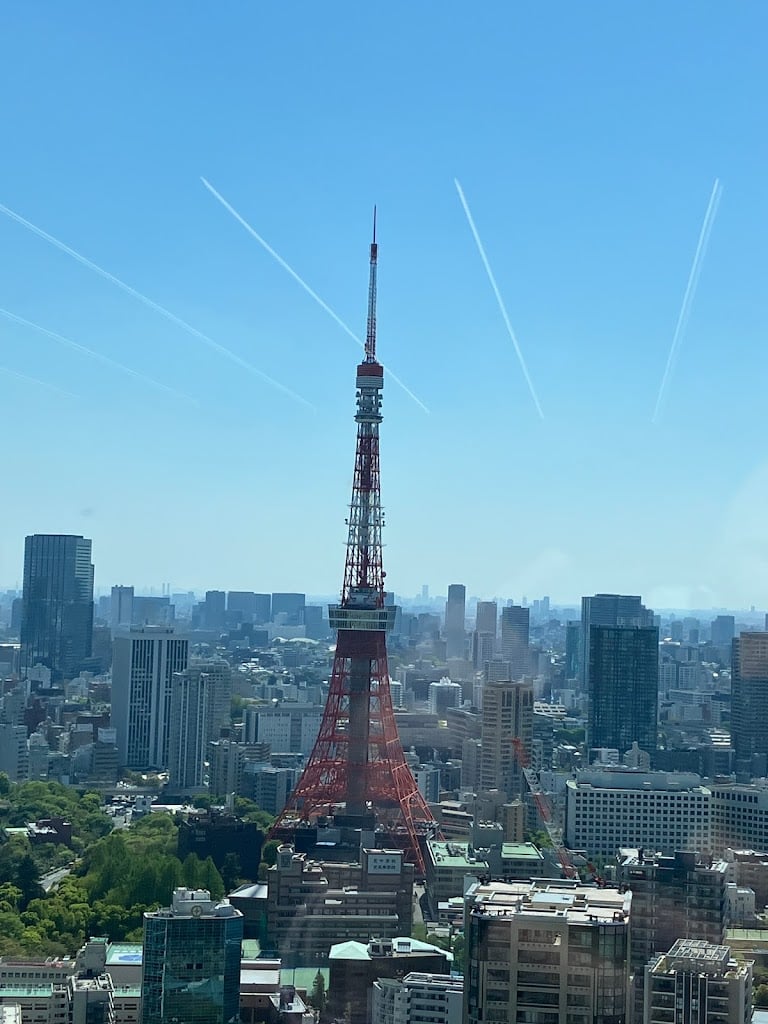Minato City





Ask ThatchGPT
Suggest a local expert to plan my trip
Suggest an unique itinerary for my Tokyo trip
What foods do Tokyo locals eat
What are some true hidden gems in Tokyo
Help me brainstorm trip ideas for Tokyo
Help me plan a family-friendly trip to Tokyo
What people say
Leo Scarton
Available for hire
"Welcome to Minato, a district that stands as a testament to Tokyo's metamorphosis from a feudal capital to a global metropolis. As we unravel the history of Minato, we embark on a journey through time, witnessing the evolution of this waterfront area.
Minato's historical roots trace back to the Edo period (1603-1868), where it was initially a string of fishing villages and agricultural land along the Tokyo Bay. The district underwent significant changes with the establishment of Edo Castle, the seat of the Tokugawa shogunate, and the subsequent development of trade routes.
The Meiji Restoration in 1868 marked a pivotal moment for Minato, as Tokyo transitioned from Edo to a modern capital. The district saw rapid industrialization and urbanization, with the construction of ports and warehouses contributing to its economic growth.
In the aftermath of the devastating Great Kanto Earthquake of 1923, Minato played a crucial role in the city's recovery. The district's strategic location and infrastructure made it a hub for trade and commerce, fostering international connections.
World War II brought both tragedy and transformation to Minato. The district suffered significant damage during the air raids, yet post-war reconstruction efforts revitalized the area. The Tokyo Tower, completed in 1958, became a symbol of Japan's post-war recovery and a prominent landmark in Minato.
As Tokyo embraced its status as a global city, Minato became a focal point for international business and diplomacy. The development of the Roppongi Hills complex and the Tokyo Midtown project in the 2000s further elevated Minato's status as a modern, cosmopolitan district.
The waterfront area of Odaiba, reclaimed from Tokyo Bay, added a futuristic dimension to Minato's landscape. The incorporation of cutting-edge technology, entertainment complexes, and iconic structures like the Rainbow Bridge transformed the district into a blend of tradition and innovation.
Minato is not only an economic powerhouse but also a cultural hub. It hosts embassies, luxury hotels, and cultural institutions like the Mori Art Museum, contributing to its reputation as a dynamic and sophisticated district.
From the historic remnants of Shiba and Azabu to the gleaming skyscrapers of Shiodome, Minato encapsulates Tokyo's narrative of resilience, adaptation, and progress. As you explore its streets, you're not just traversing a district; you're navigating the layers of history that have shaped Tokyo into the global city it is today."
Read more in:
Mentioned in these guides
About Minato City
Get the inside scoop on Minato City from local experts, travel creators, and tastemakers. Browse genuine trip notes, Minato City reviews, photos, travel guides, and itineraries from real travelers and plan your trip with confidence.
Address
Save this spot for later or start mapping out a new trip today
Try our AI Travel Assistant and get instant answers to any questions about your trip.
Ask ThatchGPT

